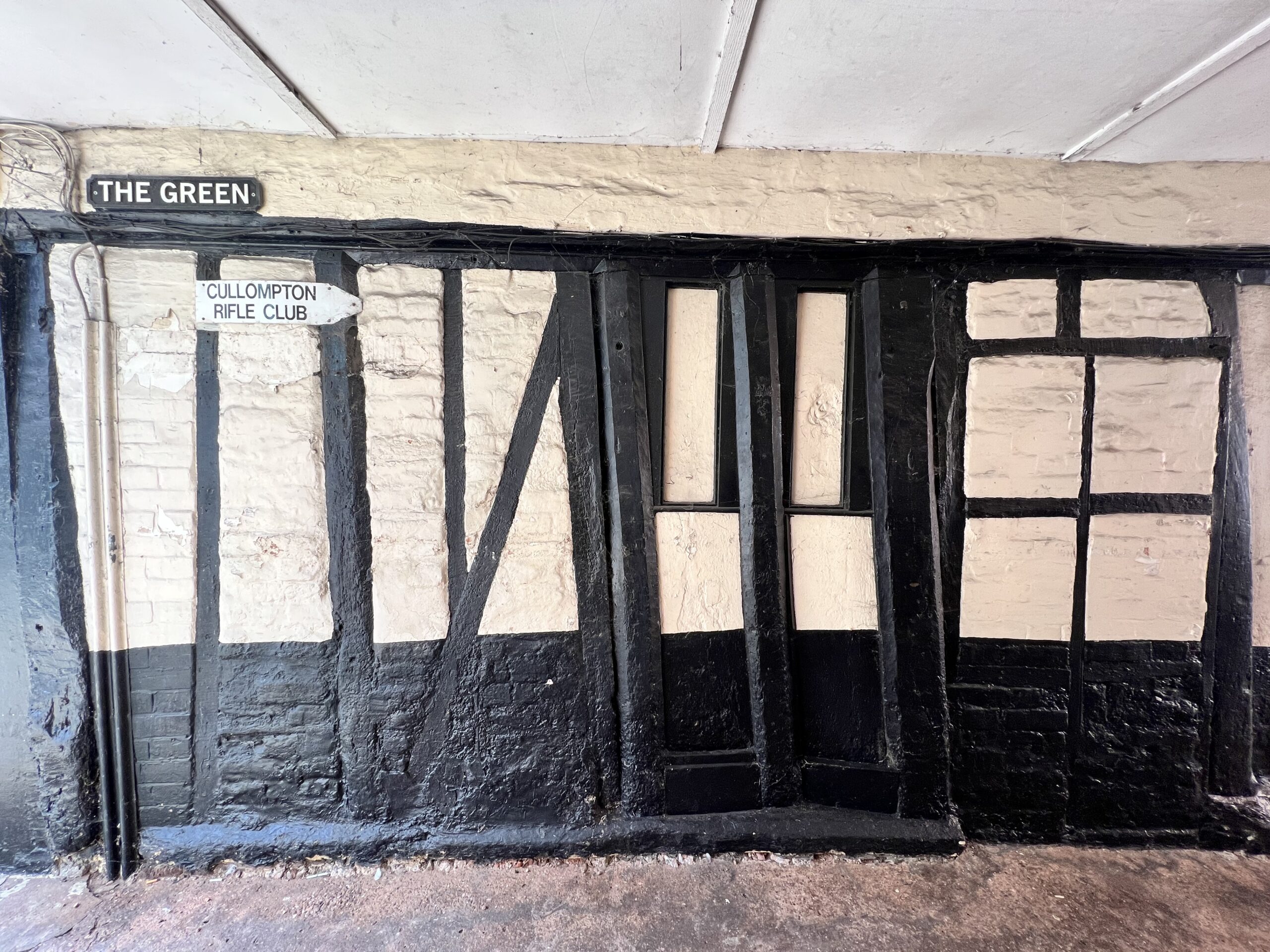The 7th of July 1839 – It was a dry, hot but blustery day in the town of Cullompton. The weekly service had just finished at St Andrews’ Church and the congregation were slowly filing out, people were talking about the sermon they’d just listened to and discussing plans the week ahead, nothing unusual or out of place, this particular scene had played itself out countless times. Today, however, was about to become very different – one of the church-goers spotted something disturbing… smoke and flames had erupted from one of the houses in a small street to the side of New Street.
The thatched roof was aflame but the conflagration was small and should have been no problem for the local fire brigade, with haste one of the children, the fleetest of foot, was dispatched to gather Cullompton’s brave firefighters. Unfortunately, today was a rather special day for the men of the brigade, it was one of their teams’ birthdays and they had, as was tradition, been drinking strong cider since late morning, by this point in the early afternoon they had reached a level of intoxication that precluded them from making a successful attempt at quashing the fire.
As the townsfolk desperately tried to direct (and sober up) the crew, the fire spread, the gusts of wind carried sparks from the initial fire into the thatch of surrounding houses – which being dry from weeks without significant rain burst almost instantly into flame, soon all of New Street was ablaze and the fire was spreading in all directions, aided by the wind, falling debris and the panicked scrabbling of two unfortunate rabbits who, with fur alight, managed to set fire to several further buildings upwind.
Soon more than 100 properties were burning, the situation had progressed far beyond the ability of the local firefighting team to quell it (Even on a day when they weren’t so impaired by alcohol it would have been too great an undertaking) so the decision was made to send a person on a fast horse to Tiverton and then onwards to Exeter to ask their fire services for aid.
Racing across the parched countryside the hero of the hour flew through Tiverton, rousing their firemen as they went, then went on to Exeter to so the same.
Now Tiverton is a great deal closer to Cully than Exeter is, so you would have expected the fire crew from there to arrive quite quickly wouldn’t you? Sadly this was not the case, on the way to the emergency a wheel fell off the fire wagon. Not once. Not twice. Three times! Yes, three times the Tiverton crew had to stop and repair the wagon. This slowed them down considerably, so much so in fact that the Exeter crew actually passed them on the road. In a quite inappropriate (but entirely understandable) display the Exeter Fireman did take the opportunity to ridicule the Tiverton crew on the way past.
Eventually all three fire brigades along with the citizenry of Cullompton managed to extinguish the fires (including, according to legend, the flames on the rabbits) although it took several hard, hot, smoky hours and not before around 140 residences had been destroyed.
News of the incident spread and much aid was offered in light of the tragedy, Cullompton was rebuilt (with a distinct lack of thatched roofs this time) and even though the fire had been incredibly destructive only one death was recorded (and even that is a contentious point) – that of a young chimney sweep who was hit by falling masonry.
